Six days in a row working at Backcountry Experience . . . my grand experiment has begun. I wrapped up 15 terrific years with Osprey Packs and punched in for duty at Backcountry Experience, a 6,000-square-foot core outdoor shop that features a wide range of technical apparel and hardgoods with a blend of lifestyle brands. After years of walking into this store to buy, I was now here to sell. And listen, learn, and pass along my aha moments to friends on both sides of the retailer and vendor aisle.
Ideas ÔÇô small and big ÔÇô are popping up everywhere. HereÔÇÖs a quick rundown of epiphanies from my first week. In the coming weeks, weÔÇÖll look at several of these topics more deeply through articles and video snippets. It is my sincere hope that you pick up some insights without having to punch in yourself.
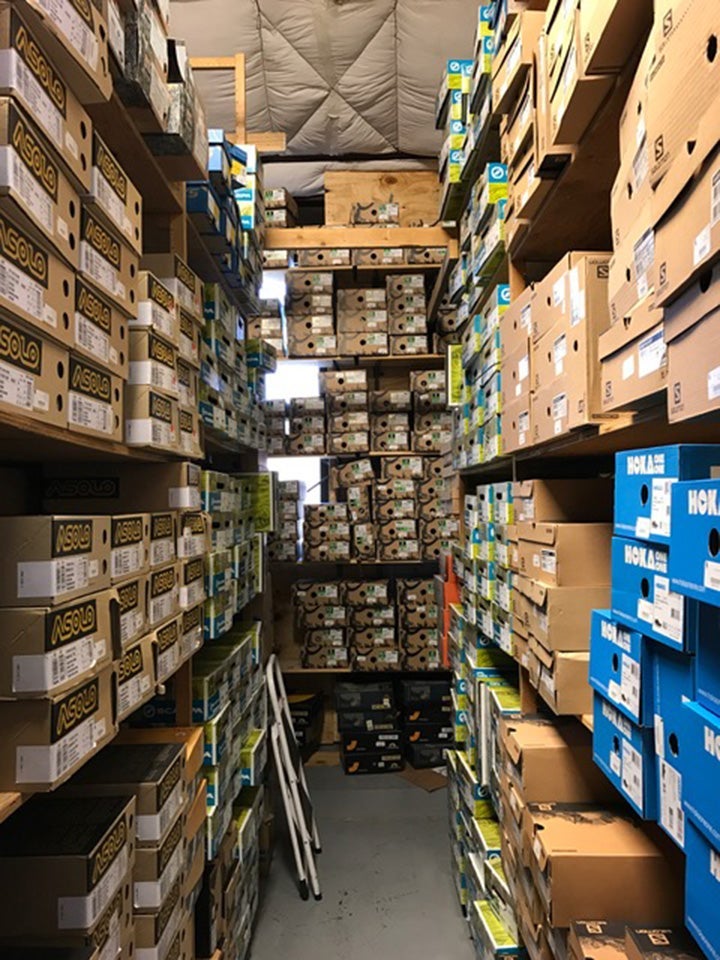
1. Outdoor specialty retail is big business and just as complex as the supply side . . . only different.
IÔÇÖm struck each day at how complicated managing a store is. I must have thought retail was the ÔÇťeasyÔÇŁ side of the business. Get a good spot, merchandise well, get the best staff and product lines, and the sales will flow. Far from it. Selling gear is just the tip of the iceberg. You have to deal with your landlord, clinic scheduling, marketing your store and your brands, hosting community events, placing re-orders, and juggling lunch breaks. One glaring difference between the retail and vendor worlds: on the vendor side, you spend far more time in the conference room. On the retail side, there is no conference room. And even if there were, thereÔÇÖd be no time for meetings. Retail is hectic, reactive, exciting, and fast-paced, even on slow days.
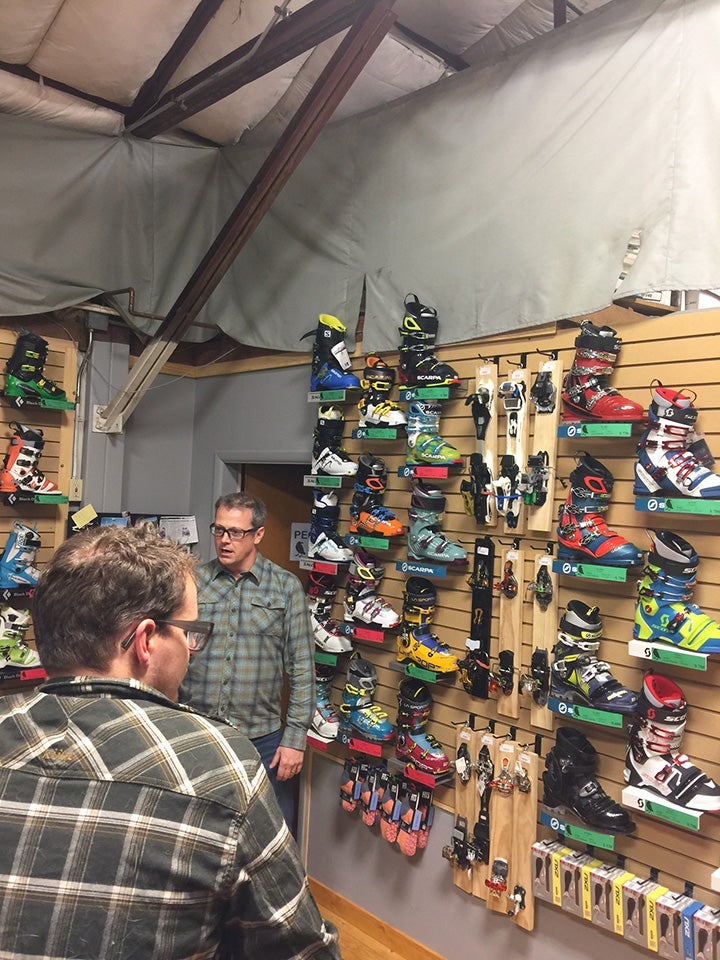
2. Selling is hard. Knowing your store, products, inventory, and customers might be harder.
Venturing on to the sales floor for the first time is scary. I know the pack category pretty well, but there are layers and layers of info to learn in every nook and cranny of the store. Retail staff needs to know brand positioning, fabric details, product tech features, pricing, and myriad other details, all while delivering a positive message and employing ÔÇťselling skills.ÔÇŁ Then thereÔÇÖs looking up back-stock levels, writing up tickets for binding, mounting, or gear rentals, and remembering customersÔÇÖ names and something about their kids. (Tip to reps and brands: give retail staff some attention when you visit. A special pro deal, training that gives them confidence, and your thanks for being the essential touch point with the customer.)
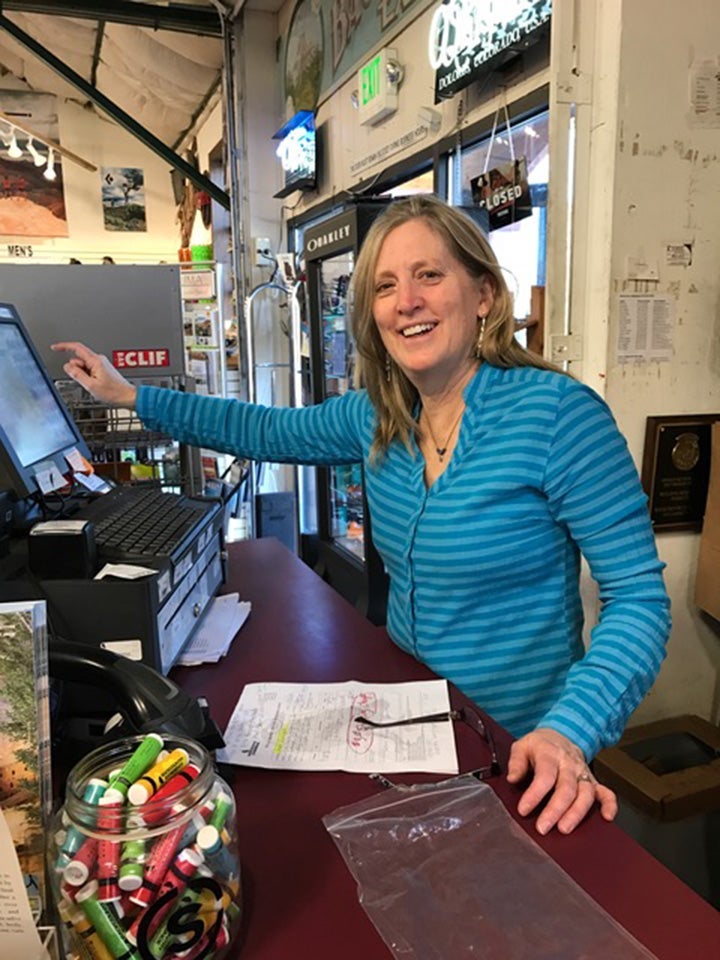
3. Business school basicsÔÇösystems, process, modern technology, metrics, and the cheat sheet under the cash registerÔÇöare critical no matter what side of the business youÔÇÖre on.
Na├»vely, IÔÇÖve been surprised at the need for detailed procedures in the shop environment. Things move fast in the store and many unique transactions walk in the door. You need to be ready for a product return, a gift certificate sale, a customer frantic for a unique present for a spouse, or a long-winded tele boot fitting/sale. Strong systems, good technology, and staff who know how things work is key to a smooth-running retail floor and good reporting in the back office.
4. Inventory is messy in all businesses . . . and we all have piles of stuff in the corners.
Wow, inventory is everything in the store. Pre-seasons and re-orders canÔÇÖt be accurately placed without reliable stock numbers. An item look-up when a customer asks about back stock can go sideways if that item really isnÔÇÖt in the back. And there are squirrel holes of inventory here and there that never get seen by customers, are rarely purchased, and tie-up dollars and space. Retail success heavily depends on inventory control and good technology.
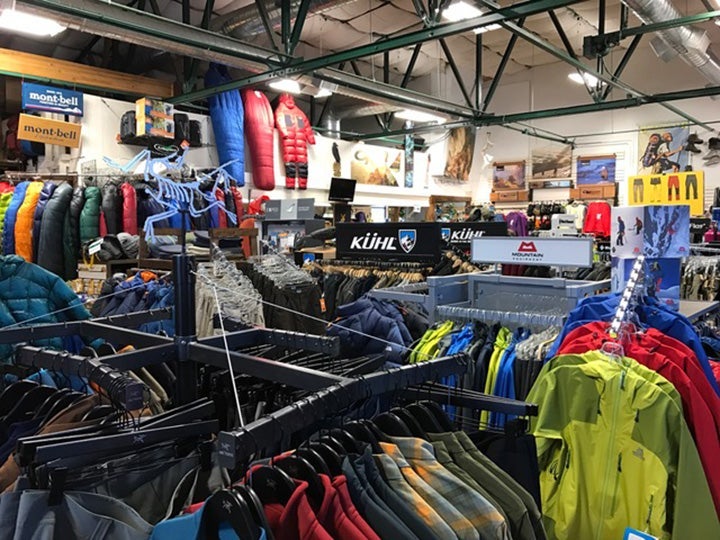
5. ThereÔÇÖs rarely enough space in a retail shop.
Enough said. Shops are tight and the space heroes are products and customers. IÔÇÖve quickly gained insight as to how brands and vendors can help specialty stores with great packaging, clever fixtures, and a wink when your next meeting or clinic is on a fit stool over in footwear.
6. Whether itÔÇÖs called ERP, POS, or the cash register, technology is a challenging building block for retailers and vendors alike.
This is a hard-learned lesson. It was for me at Osprey, I see that it is now at Backcountry Experience, and most businesses I talk to agree. Choosing the right hardware and software, data selections, and reporting configurations are as essential as choosing your location and vendors. ItÔÇÖs as if we all need a big part of our start-up capital dedicated to building our technology platform, even before we start our real businesses. IÔÇÖve been reminded again that making smart technology decisions up front is a critical investment to ensure your business grows into that next upgrade.
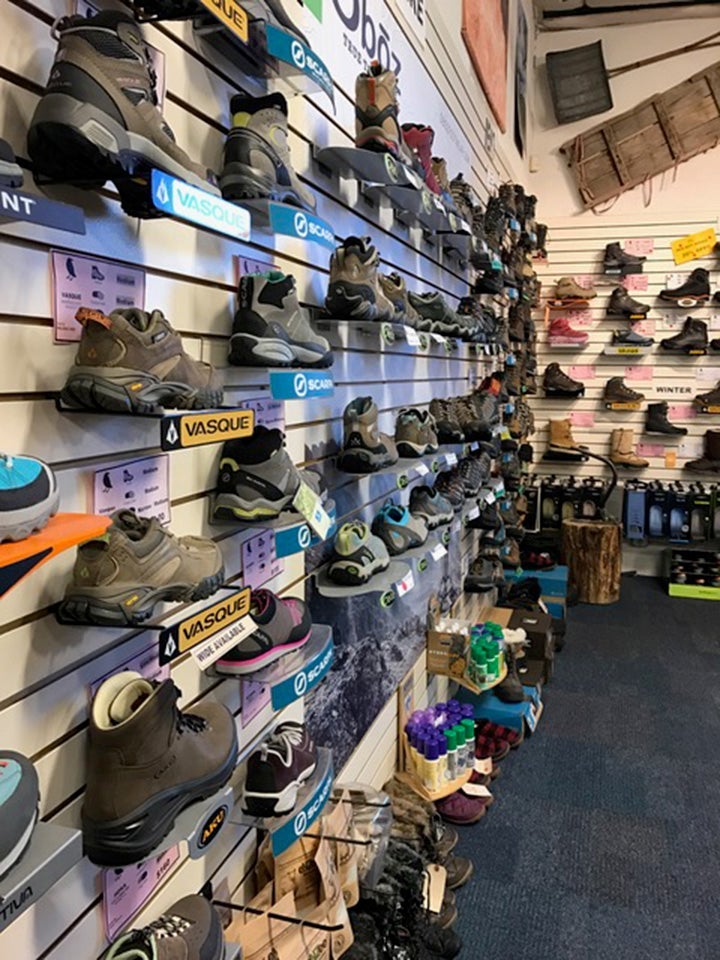
7. Merchandising mysteries remain. A perfect example: Do you display by brand (as many vendors desire) or sell by category to match the consumerÔÇÖs shopping brain?
Back in my vendor days, I used to believe my brands always deserved to be featured front and center with a big spotlight on them and no one else. But now I better appreciate the careful balance and merchandising realities stores face.
There are many options for how to present products to your customers, depending on the category, how the shop is laid out, and so many other factors. Later weÔÇÖll tackle the Backcountry Experience strategy on merchandising and lessons that might apply to vendors and other specialty retailers.
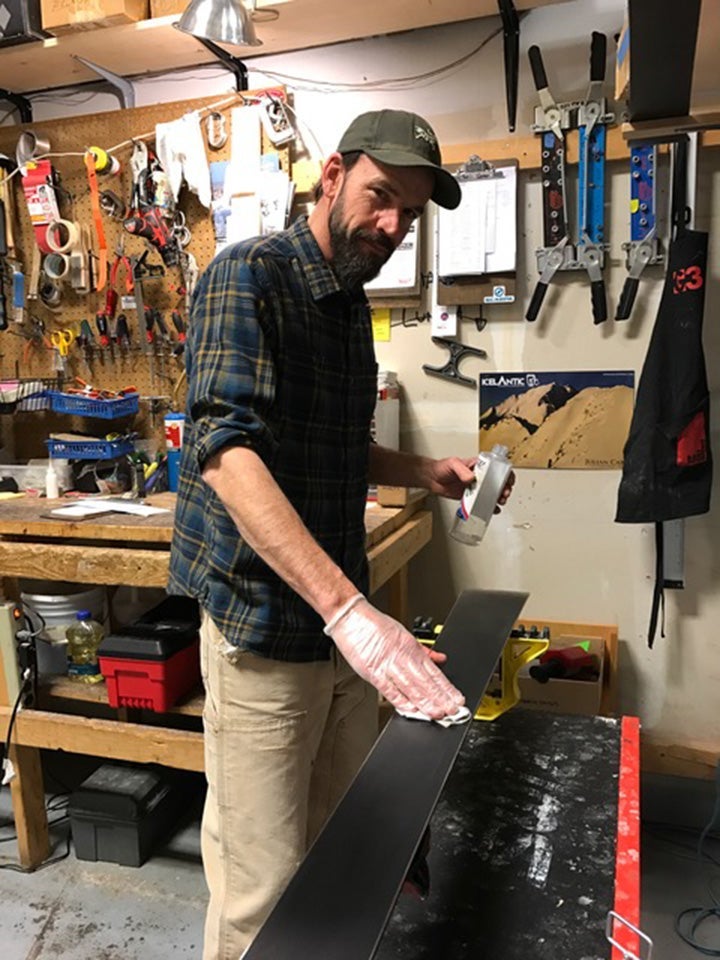
8. Staff is just as importantÔÇöprobably more soÔÇöthan the products you sell.
At Backcountry Experience, IÔÇÖve witnessed owner Ben RockisÔÇÖ deep, personal commitment to the women and men he employs. That means creating an upbeat environment, providing cubbies for employeeÔÇÖs personal stuff, offering paid clinics, motivating discounts, time for breaks, encouragement, and clear advancement opportunities.
╠ř9.E-commerce and DTC sales are not going away. We have to adapt.
Every industry has its meaty topics ÔÇŽ this is surely one of ours. IÔÇÖm just going to flag ÔÇťsustainable e-commerce co-existenceÔÇŁ as a significant and serious topic facing virtually every outdoor retailer and vendor. IÔÇÖll do my best to address the online dilemma from my Backcountry Experience view in a future article.
10.╠řStaff training remains essential and elusive. Specialty retailers need relevant brand and product information delivered in a professional and omni-channel way.
One more piece of meat. IÔÇÖve witnessed four clinics in my first six days on the floor. Why are these happening in early December and so close to the holiday rush? Is huddling up in the footwear section during the workday the right way to go? What are the other channels that deliver training, and are they working? Are reps imparting the right information to turn knowledge and confidence into sales for their brands?
See you on the retail floor!


